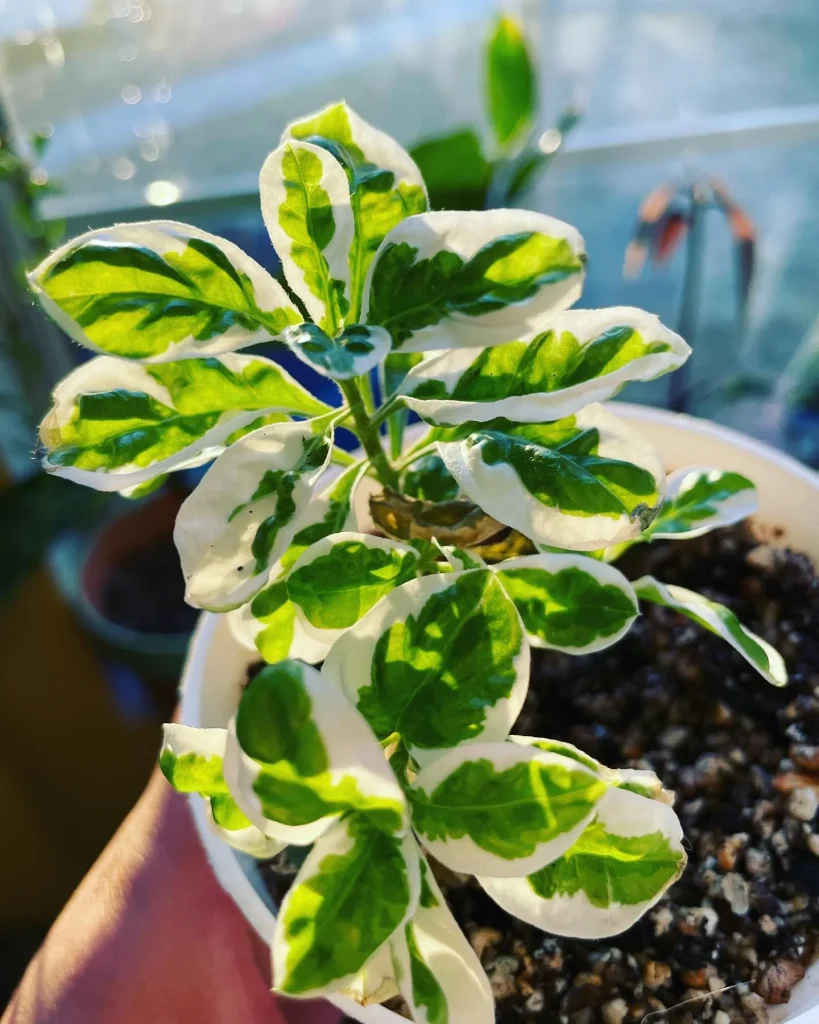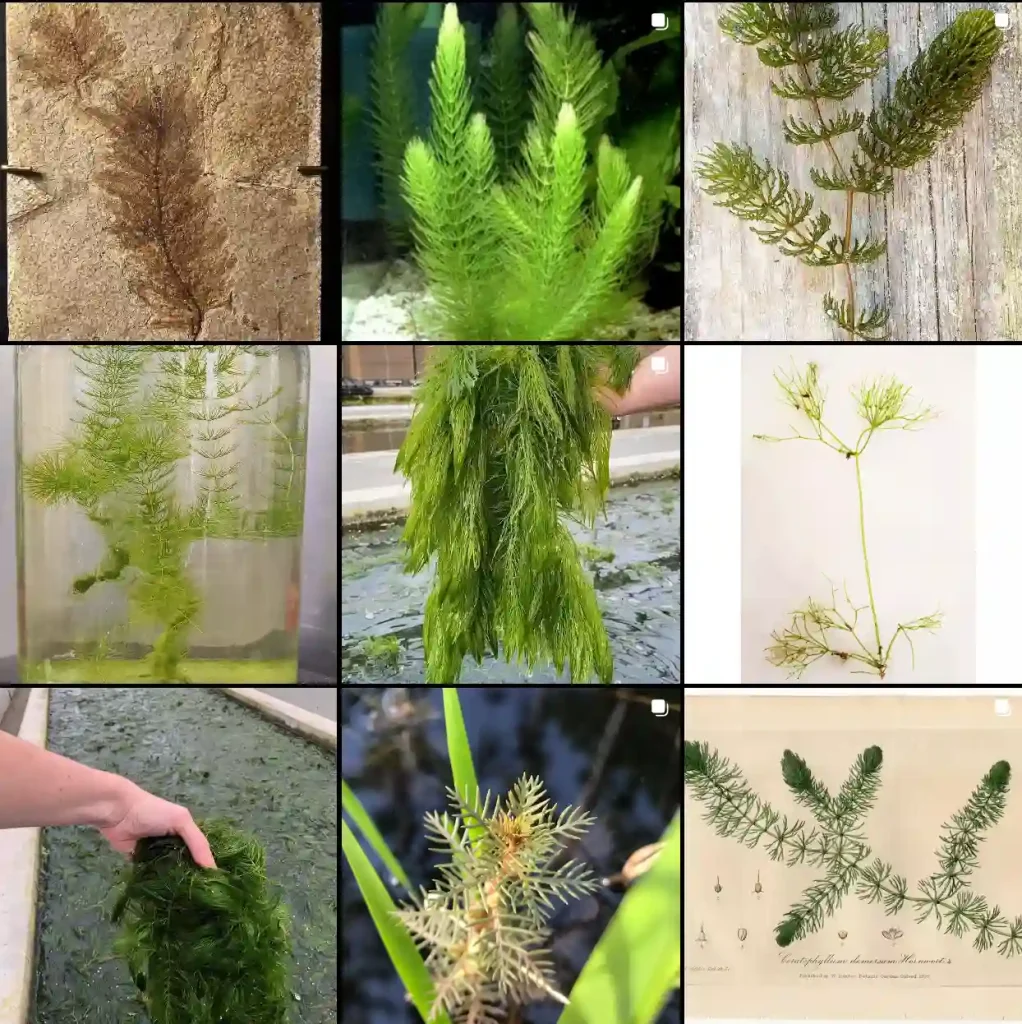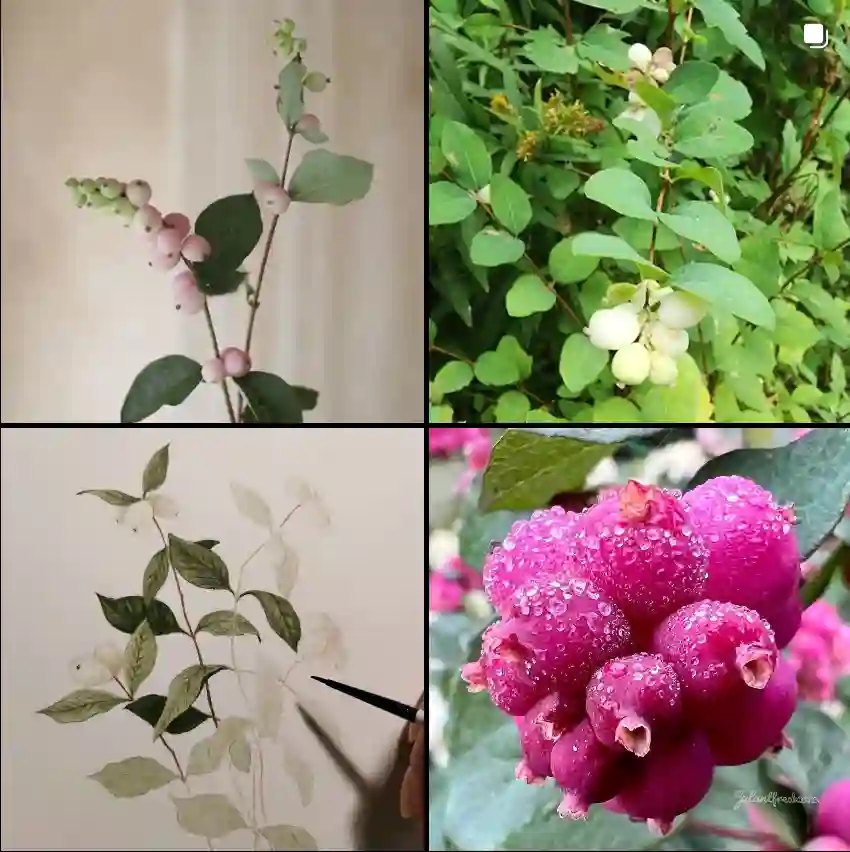FAQs About Quercus Engelmannii: A Comprehensive Guide
As someone who has spent considerable time with Quercus Engelmannii, also known as Engelmann Oak, I’ve come across a lot of questions and queries about this impressive tree. In this article, I’ll share my insights and experiences to help you understand and care for this beautiful oak.
657 Species in Genus Quercus
What is Quercus Engelmannii?
Quercus Engelmannii, or Engelmann Oak, is a species of oak native to the southwestern United States and northern Mexico. Known for its attractive foliage and sturdy structure, it is a medium to large-sized tree that can grow up to 60 feet tall with a spread of 40 feet. Its leaves are deeply lobed and can range in color from green to yellow, adding seasonal interest to any landscape.
How to Care for Quercus Engelmannii?
Caring for Engelmann Oak involves a few key practices to ensure it thrives. Here’s what I’ve learned from my experience:
- Location and Soil: Engelmann Oak prefers full sun but can tolerate partial shade. It thrives in well-drained soils and is quite adaptable to different soil types, though it does best in sandy or loamy soils. Avoid waterlogged conditions as it can lead to root rot.
- Watering: Young trees require regular watering to establish their roots. Once established, Engelmann Oak is relatively drought-tolerant but benefits from occasional deep watering during dry spells.
- Pruning: Prune Engelmann Oak to maintain its shape and remove any dead or damaged branches. Pruning is best done in late winter or early spring before new growth begins.
- Fertilization: Generally, Engelmann Oak doesn’t need frequent fertilization. However, if growth appears slow or the tree shows signs of nutrient deficiency, a balanced fertilizer applied in early spring can help.
How to Propagate Quercus Engelmannii?
Propagation of Engelmann Oak can be done through seed or by grafting. Here’s the process:
- Seed Propagation: Collect acorns in the fall when they have matured but before they fall from the tree. Plant them in a well-drained potting mix or directly into the soil in early spring. Keep the soil consistently moist until germination, which can take several weeks.
- Grafting: This method involves taking a cutting from a mature Engelmann Oak and grafting it onto a compatible rootstock. This technique is more advanced and often used by nurseries.
What to Plant with Quercus Engelmannii?
Engelmann Oak pairs well with various companion plants. Here are some suggestions:
- Ground Covers: Consider planting low-growing ground covers like creeping juniper or vinca minor to complement the oak’s canopy and reduce weed competition.
- Understory Plants: Shade-tolerant shrubs and plants, such as azaleas or ferns, work well beneath Engelmann Oak, especially in areas where the tree provides partial shade.
- Wildflowers: Native wildflowers such as bluebonnets or Indian paintbrush can create a colorful and naturalistic setting around the oak.
Is Quercus Engelmannii Toxic?
Quercus Engelmannii is not considered toxic to humans or pets. However, like many oak species, it can cause some gastrointestinal discomfort if ingested in large quantities. It’s always a good idea to keep an eye on pets and children to ensure they don’t munch on the leaves or acorns.
Benefits of Quercus Engelmannii
Engelmann Oak offers several benefits:
- Shade: Its broad canopy provides excellent shade, making it a great choice for creating cool, shaded areas in your garden.
- Wildlife Habitat: The tree supports local wildlife by providing habitat and food. Birds and insects are particularly attracted to its acorns and foliage.
- Aesthetic Appeal: With its unique leaf shape and attractive fall color, Engelmann Oak adds beauty and character to any landscape.
Common Problems with Quercus Engelmannii
Engelmann Oak is generally a hardy tree, but it can face some issues:
- Pests: Watch for pests like oak mites and scale insects. Regular inspections and prompt treatment can help manage these problems.
- Diseases: Engelmann Oak may be susceptible to oak wilt, a fungal disease that can cause rapid decline. Ensure good air circulation around the tree and avoid wounding the bark to minimize risk.
Compare with Similar Oak Species
Quercus Robur (English Oak): While both are oaks, English Oak is larger and has a more rounded canopy. Engelmann Oak is more drought-tolerant and better suited to southwestern climates.
Quercus Alba (White Oak): White Oak has broader, rounded leaves and a more majestic appearance. Engelmann Oak is smaller and more adaptable to various soil types.
Quercus Rubra (Red Oak): Red Oak features a more upright growth habit and has different leaf shapes and colors. Engelmann Oak has a more spreading canopy and is better suited for drought conditions.
I hope this guide helps you in caring for and enjoying your Quercus Engelmannii. If you have any more questions or need further advice, feel free to reach out.
If i die, water my plants!


